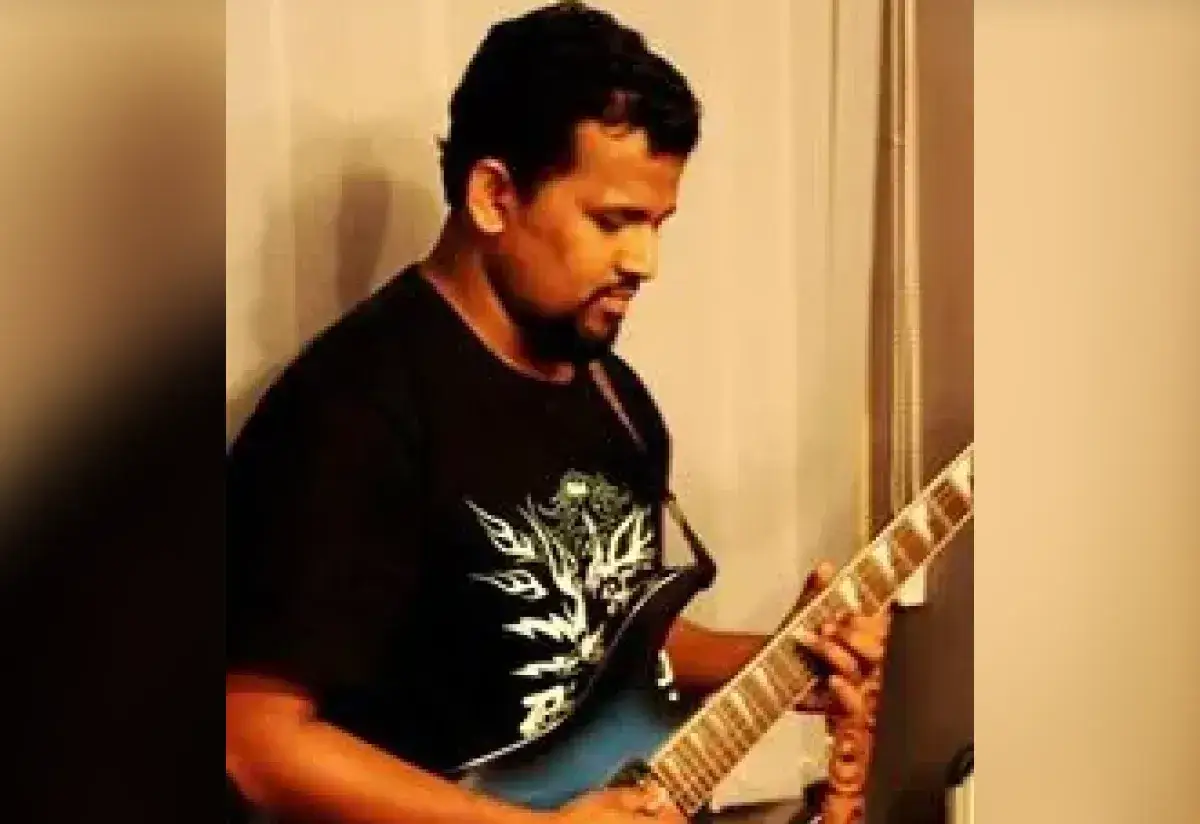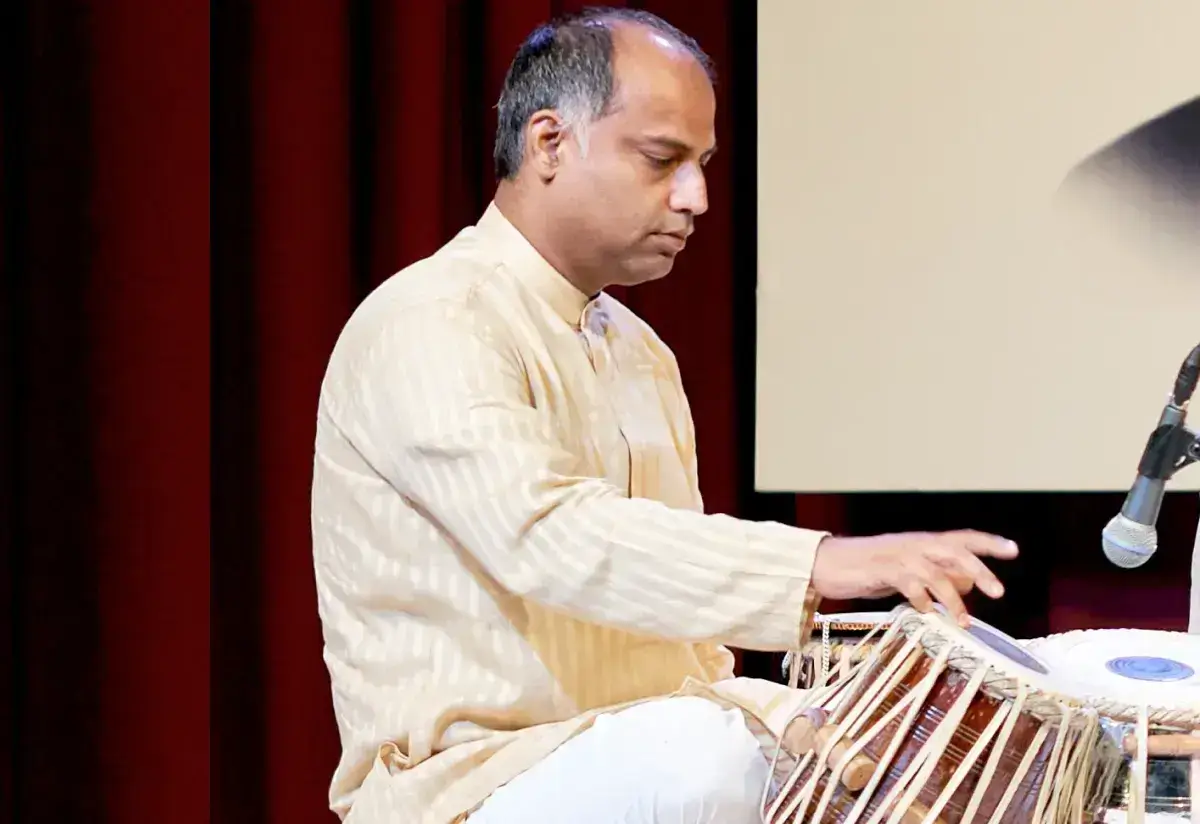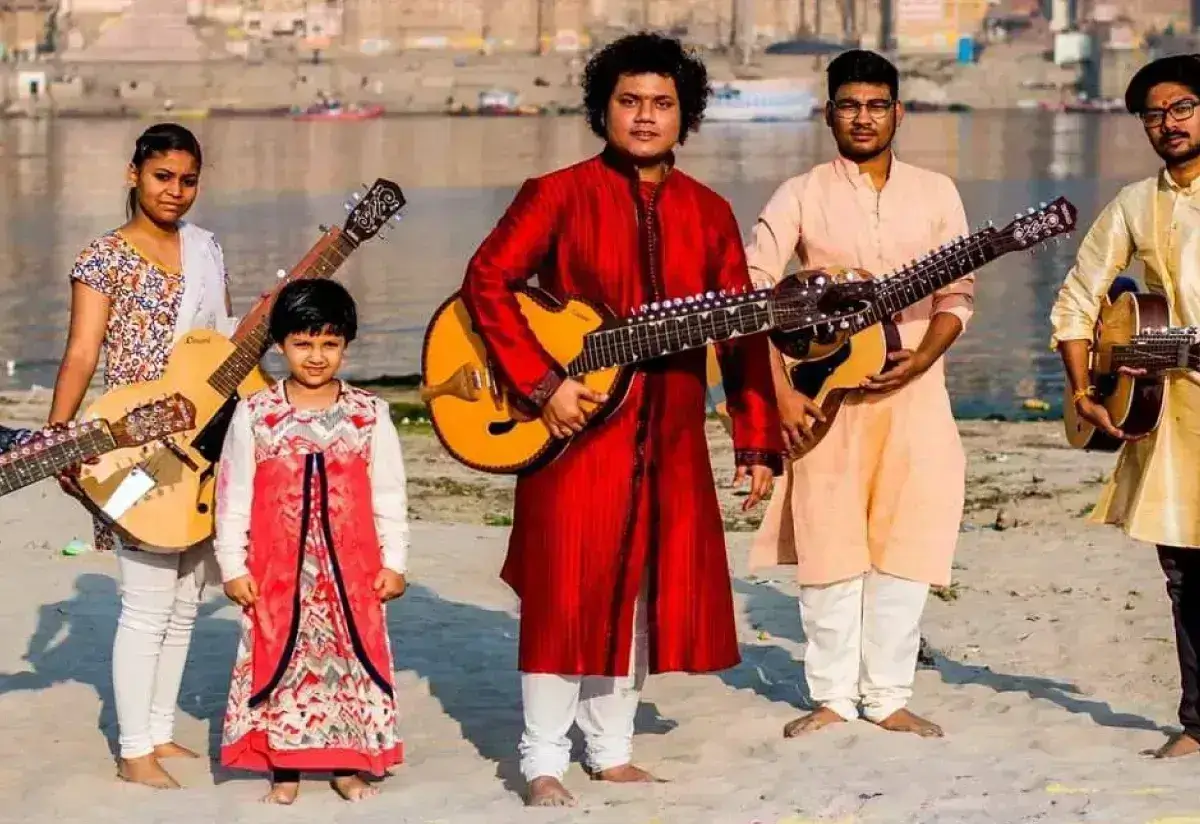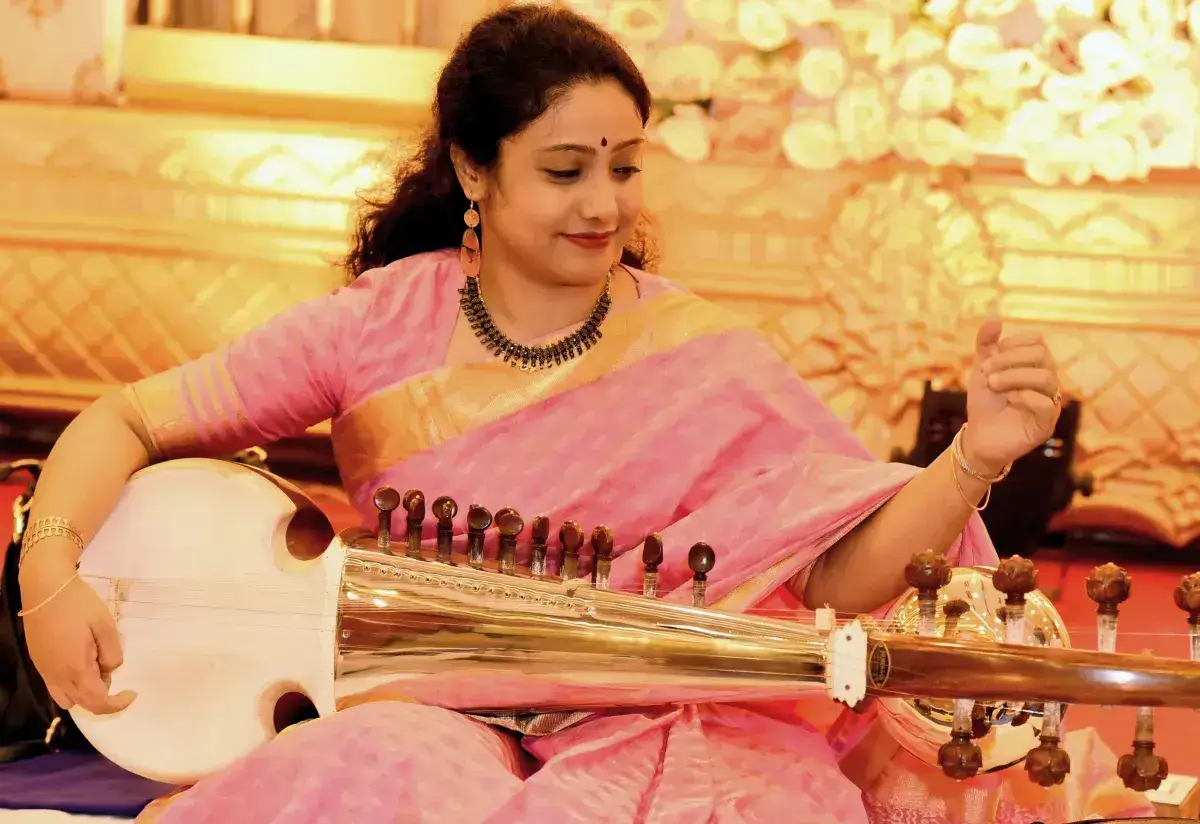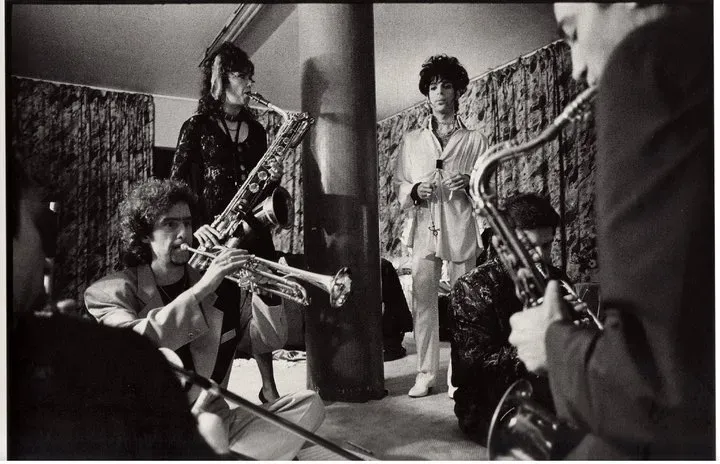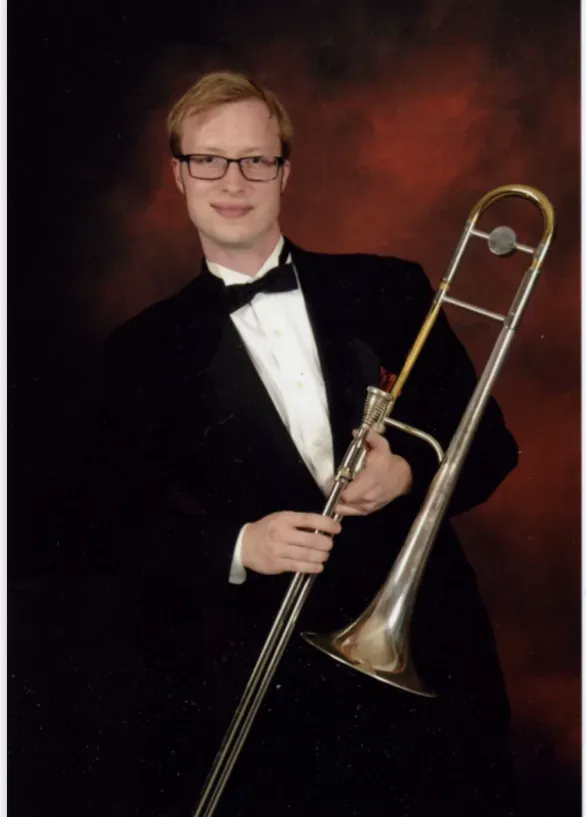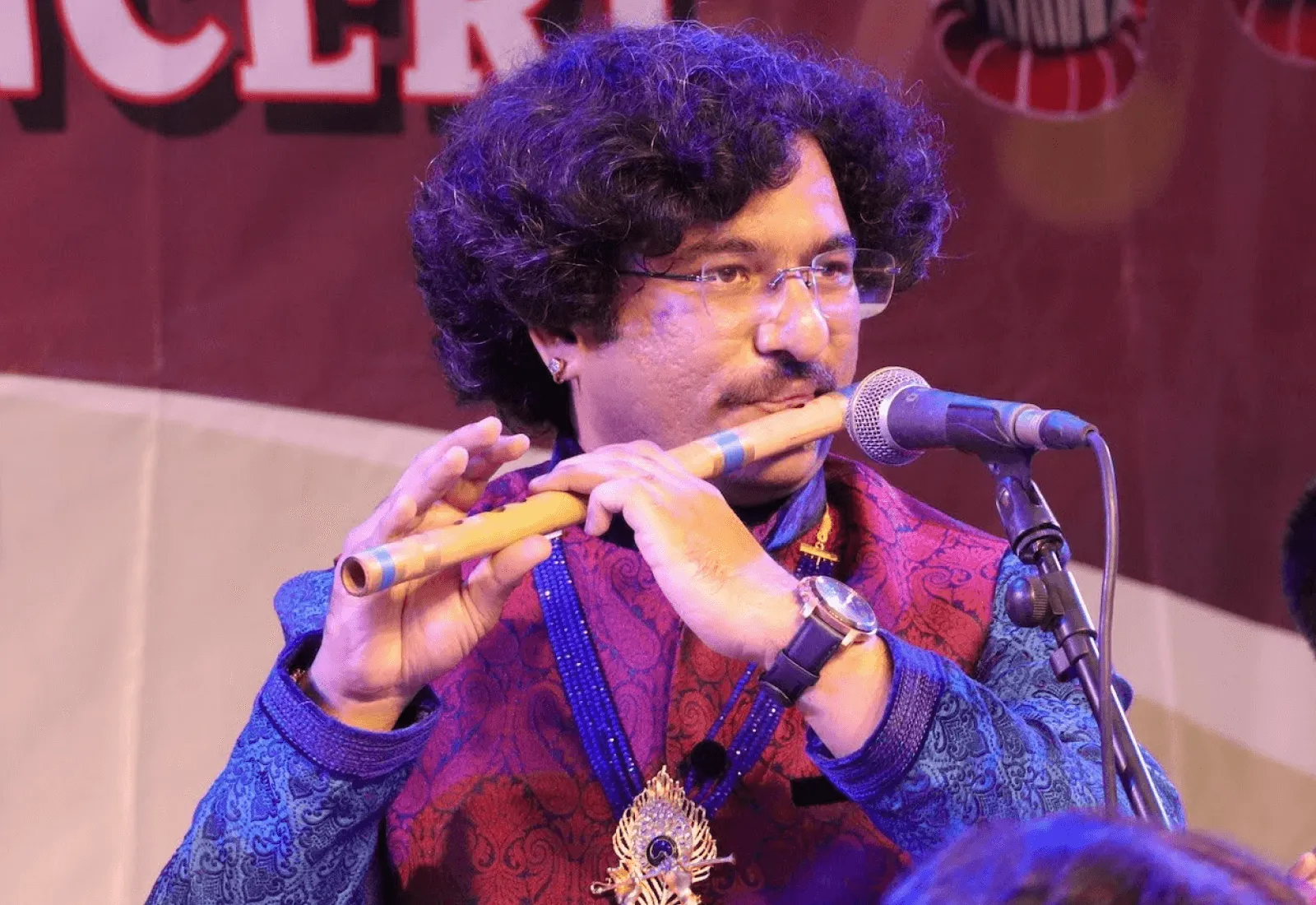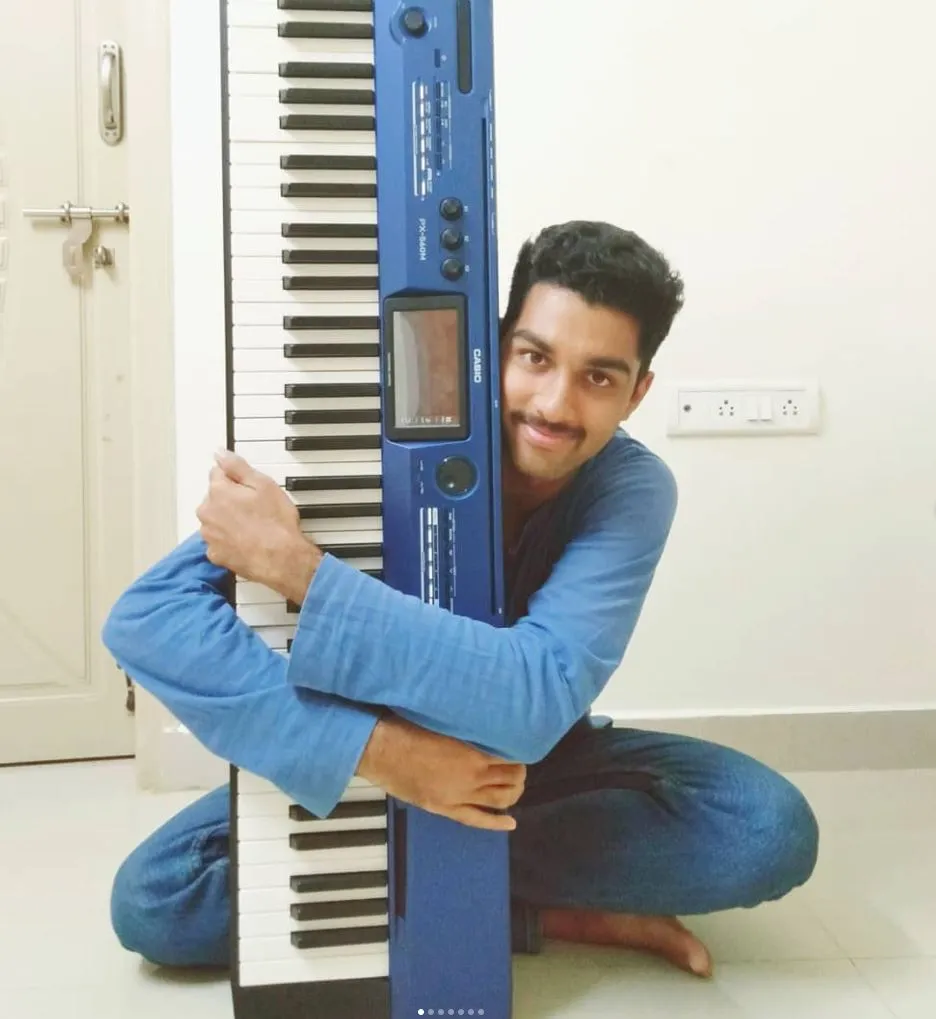Overview
Indian classical music is the principal musical tradition of modern North India, Pakistan, Bangladesh, and Nepal. Its counterpart is the Carnatic classical music of South India; both share numerous principles but have different styles and influences.
Characterized by melodic vocals and harmonizing instrumentals, Indian classical music theory has been built on the cornerstone of expression and spirituality.
At the center of Hindustani tradition is the melody, the process of one note following the next to form a cohesive musical expression. Hindustani compositions are based on a series of melodic frameworks called ragas and follow rhythmic patterns called talas. The most prominent instruments used in Hindustani music are the sitar, sarod, tabla, veena, bansuri, and sarangi, among others. Because Indian classical music was based primarily on vocal performance, many classical Indian instruments were designed to emulate the human voice.
Hindustani performances typically begin with a series of improvisations followed by a composition based on a traditional melody and rhythm. Performances typically include at least one vocalist with instrumental accompaniment, lasting anywhere from one to several hours. Accomplished Hindustani musicians are addressed as pandit if they are Hindu and ustad if they are Muslim. This is the only time a distinction is made, as Hindustani classical music is historically religiously neutral.
History of Indian classical music
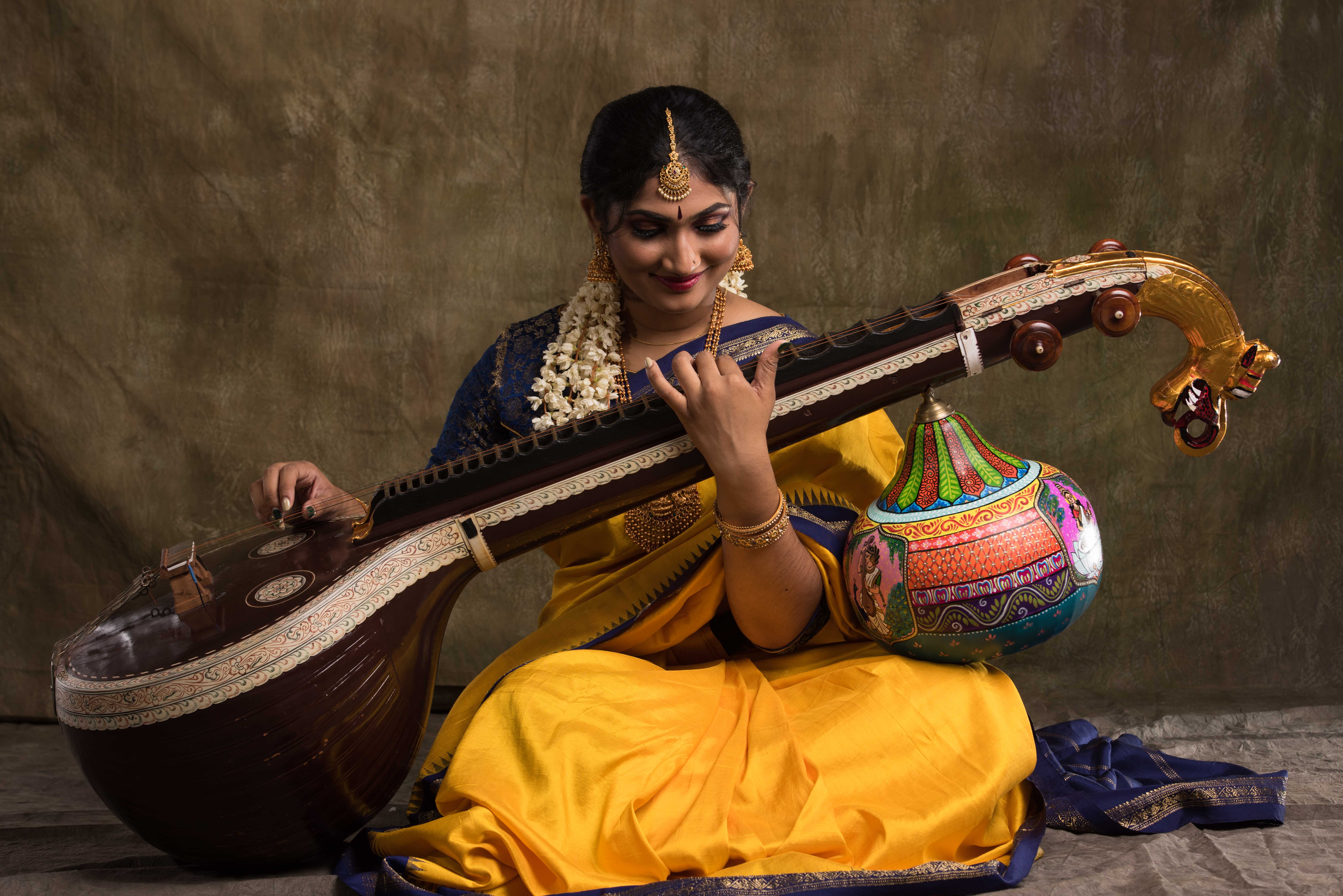
Ancient
Ancient Indian classical music followed a single uniform style modeled after the melodic patterns of Vedic chanting, beginning with Rigveda and Samaveda--collections of hymns written nearly 5,000 years ago. This is where the first three swaras evolved from. Perhaps because of this origin, Indian classical music remains traditionally oriented towards vocals.
Almost a thousand years later, around 200 BCE, the Natya Shastra emerged as the first treatise on dramaturgy, most notably the theory of music and instruments.
In the Natya Shastra, Bharata discussed the classification of instruments, outlined harmonic scales, defined srutis as the smallest intervals of pitch, and determined the makeup of a kutapa (group performance) as two singers, one male and one female, and nine-to-eleven instrument accompaniments. These concepts outlined thousands of years ago, provided the foundation from which all Indian classical music grew.
Medieval
Indian classical music had amassed a large following of exponents and audiences by 1000 CE, even exchanging characteristics with other cultures’ musical styles. As Muslim influence swept across North India in the following century, Indian musical tradition came in contact with Persian musical tradition, and the Hindustani style was born.
Gradually diverging from what would come to be known as Carnatic music from the south, the Hindustani style flourished under the influence of Sufi composers and Mughal court musicians while retaining the Hindu principles it was founded on.
The concept of gharanas emerged in the 16th century after the fall of the Mughal empire, introducing a system of connecting artists by lineage or apprenticeship and observing a specific style. Gharanas, derived from the word for houses, brought forth a tradition of handing down artistic knowledge, skills, and performance techniques based on region and style. The development of gharanas helped foster dedication, devotion, technique, and innovation in all areas of art and music. Musical patronage under maharajas supported the system of gharanas, as the leader of each region commissioned performances and compositions. Countless gharanas have existed over time but several have been around for generations, even centuries.
Modern
The decline of musical patronage in the 19th century made way for new musical traditions and practices. Talented musicians like Pandit Vishnu Digambar Paluskar began composing and offering lessons outside of gharanas, opening up new possibilities to artists and musicians who may not have had the opportunity to train at a gharana. During the same time period, Pandit Vishnu Narayan Bhatkhande sought to consolidate techniques and traditions of various gharanas and styles. The result was four volumes of the text Hindustani Sangeetha Padhathi, which, among other things, established the ragas used today.
During the 20th century, the development of recorded music and radio had a heavy influence on Hindustani classical music, as it provided a path to success for artists trained outside of gharanas and musical families. During the 1960s, All India Radio hired hundreds of artists in an effort to fill the void created by the dissolution of court patronage, a notable contribution to the preservation of Indian classical music. This move also brought Hindustani music to the masses in a way that had never been done before, particularly in rural areas away from musical centers, making way for the public performances and recordings that have sustained Hindustani artists for the last several decades.
Principles and Techniques
 The fundamentals of Hindustani classical music can be broken down into two main concepts: raga and tala. These are the principles that each composition is built upon, forming an infinitely complex yet familiar standard for musicians and vocalists.
The fundamentals of Hindustani classical music can be broken down into two main concepts: raga and tala. These are the principles that each composition is built upon, forming an infinitely complex yet familiar standard for musicians and vocalists.
Ragas are melodic structures that consist of a specific set of five or more notes. Each set of notes has unique characteristics and are made from a combination of pure, flat, and sharp tones called thaats. The tones of a thaat are called swaras and there is 12 total. An example of a thaat consisting of seven swaras is Sa Re Ga Ma Pa Dha Ni. There are more than 500 unique known ragas but only around 100 of them are commonly played.
Talas are rhythmic structures much like ragas are for melody. Talas are divided into equal beats and played in a repeating cycle (example: 3+2+2). Each tala has on beats called tali and off beats called khali, which must be followed while improvising or varying the tala. The first beat of a tala is called sam and it signals the soloist to rejoin the composition after improvisation.
Just as essential to Hindustani music is improvisation. Ragas and talas only form the basis for a composition or performance; no two will be alike even if they use the same raga and tala. A performance may consist of one or several soloists who expand on the characteristics of the raga in an effort to explore and express the emotion and meaning behind the raga. These two concepts, improvisation and repetition, make up the two stages involved in a rendition of a Hindustani composition.
Alap is the beginning of a traditional performance and it’s characterised by a rhythmically-free exploration of the raga. This section can be further divided into the techniques of jod and jhala.
Gat/Bandish is the fixed melody of a raga that follows alap. The bandish is further divided into four parts: sthaayi, antara, sanchaari, and aabhog.
Types of Compositions in Indian Classical Music
There are a few primary styles of Hindustani classical music and several others that are more rarely played. Each style has unique characteristics and rules, and is usually associated with the style of a maestro.
• Dhrupad: the most ancient and traditional form, characterized by a lack of embellishments and a long, complex alap.
• Khayal: considered the most popular, khayal singing allows for greater decorative embellishments of the raga and a shorter alap.
• Thumri: a semi-classical form with three regional variations, this style is considered romantic and is often paired with dancing.
• Ghazal: originally a Persian form of poetry, this semi-classical vocal style exists in many variations.
• Tappa: originating in Punjab, this light classical form is ornamental and romantic, typically accompanied by a swinging rhythm.

Indian Classical Musicians
Indian classical music has produced countless world-renowned vocalists, musicians, and composers. Below are just a few of the greatest artists creating music today.
- Pandit Abhik Kumar Sarkar
- Abhishek Borkar
- Alpesh Moharir
- Ustad Amjad Ali Khan
- Ashvini Modak
- Atri Kotal
- Chaitra H.G.
- Pandit Hariprasad Chaurasia
- Gaurav Mazumdar
- Johar Ali Khan
- Kunal Saha
- Prabir Bhattacharya
- Rita Ganguly
- Rhitom Sarkar
- Sharat Chandra Srivastava
- Sourabh Goho
- Subrata De
- Suchismita Acharya
- Supratik Sengupta
- Sunayana Ghosh
- Ustad Zakir Hussain



